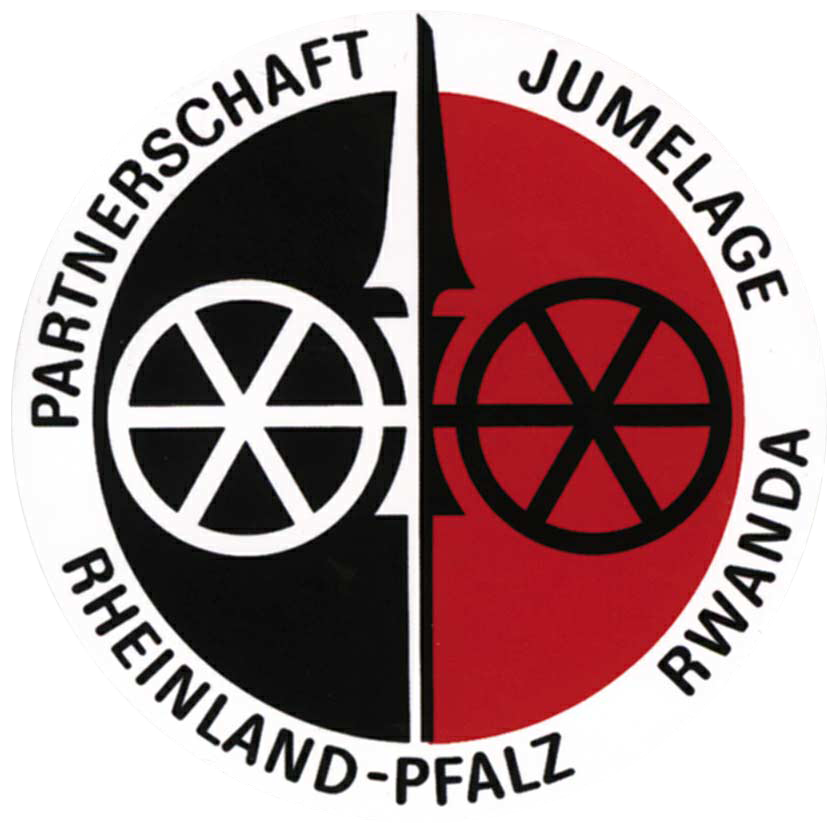
Economy
Rwanda's economy has grown rapidly lately. In 2018 the country had a growth rate of 8.6 %, for 2019 a growth rate of 7.8 % is estimated and an inflation rate of 1.4 %. Half of the economic output is accounted for by the services sector, such as financial services, information technologies, insurance and tourism. The remainder consists of agriculture (30%) and industry (just under 20%). The corruption rate is low compared to other African and global countries.
Rwanda has been a member of the East African Community (EAC) since 2007, which is why free trade exists within the member states. In 2009, a common customs tariff was introduced and infrastructure projects in the areas of energy, transport, customs and the financial sector were promoted. In 2013 there were plans to introduce a monetary union modelled on the euro zone, which could increase Rwanda's regional exports.
Rwanda's main exports are tea, coffee and mining products. The main imports are capital goods, machinery and vehicles, as well as food, chemicals and intermediate products. As more is imported than exported, Rwanda has a trade deficit. To counteract this, existing export products are promoted and new strategies developed.
Despite rising growth, there are problems such as the lack of installed energy, a lack of skilled workers, high population growth and the associated shortage of land, as well as the effects of climate change. Due to the geographical location of the country - no access to the sea - Rwanda has the highest transport costs in the world and therefore has problems meeting its own needs in the domestic market.
There are further difficulties with Rwanda's soils, which are affected by erosion due to intensive agriculture. In particular, however, the lack of infrastructure is a problem in terms of energy supply, as only 51% of the population has access to electricity and only 37% of the population is connected to the power grid. So far, wood has been the main source of energy for many, which also promotes deforestation and soil erosion. For this reason, renewable energies such as solar energy or hydroelectric power are increasingly being used. These alternatives currently use 14% of the population. The "KivuWatt" methane gas plant on Lake Kivu is also expected to contribute to solving the energy problem since 2015. The Rwandan government has the ambitious goal of guaranteeing access to 100% of the population by 2024.
The country's goal by 2020 is, on the one hand, to obtain the status of a "Middle Income Country" by achieving a per capita gross domestic product (GDP) of 1.240 US dollars. However, forecasts for 2020 predict a per capita GDP of only around USD 900. On the other hand, there should be double-digit growth rates by increasing investments in the transport and energy sectors, such as hydropower, heating and solar energy. Agriculture, industry and tourism are also to be promoted and expanded, sometimes by mobilising the private sector.
Another goal is to improve the development of the "Green Economy" in order to prevent deforestation and slash-and-burn of the mountain forests and to enable the development of a more sustainable Rwanda.
Autorin: Dorothée Honauer und Lisa Kirmser
Quellenangaben/ Weitere Informationen unter:
http://www.auswaertiges-amt.de/DE/Aussenpolitik/Laender/Laenderinfos/Ruanda/Wirtschaft_node.html
https://www.bmz.de/de/laender_regionen/subsahara/ruanda/zusammenarbeit/index.html
